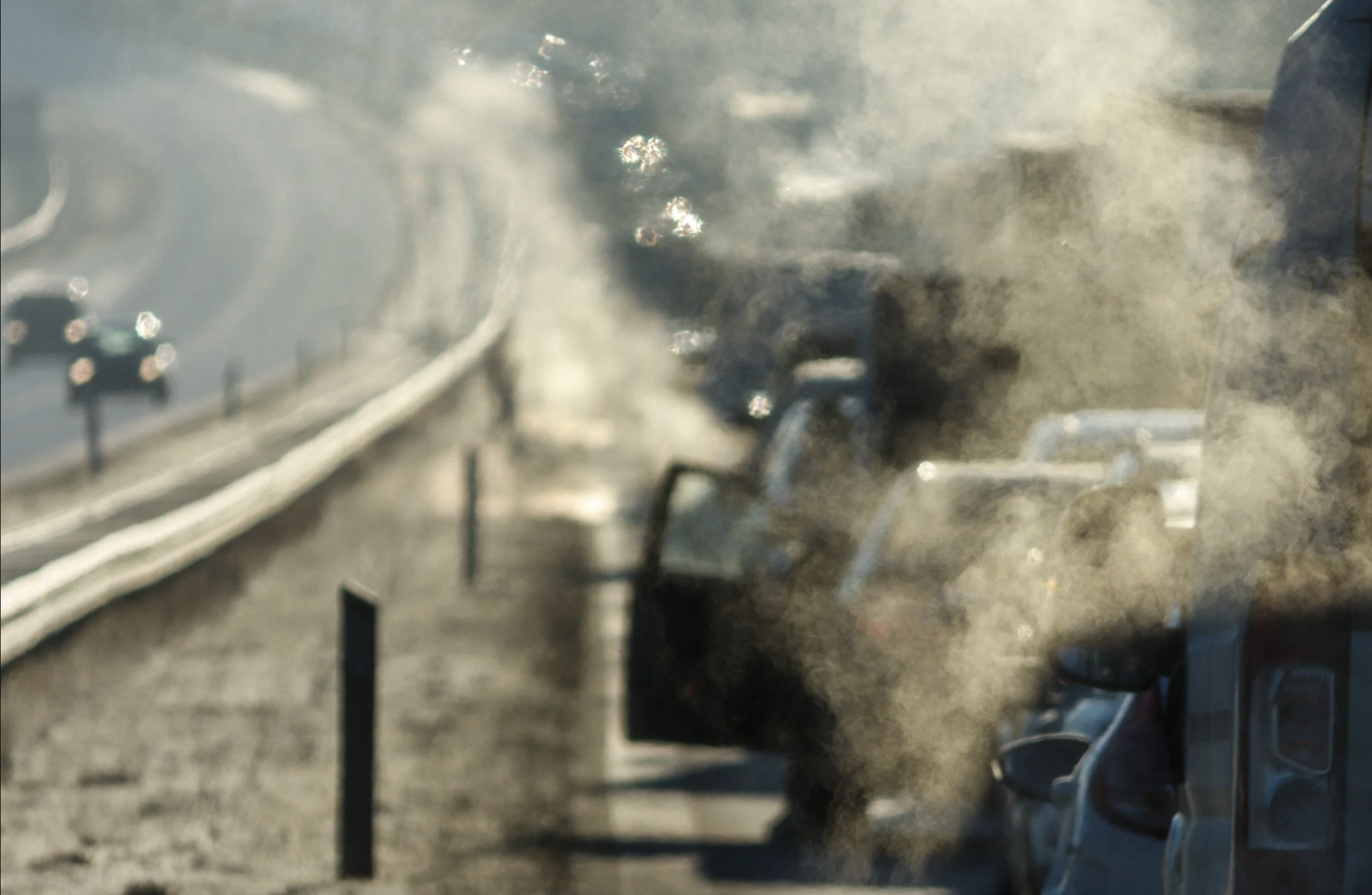Billions of euros in subsidies across Italy, France and Romania were intended to put cleaner cars on the road. On paper, based on laboratory tests, they did. But this investigation shows that many subsidised vehicles emit far more CO₂ in real-world driving — revealing how lobbying, loopholes and flawed policies undermine Europe’s climate goals.
Cars account for around 12% of the EU’s total CO₂ emissions. With Europe committed to cutting emissions by at least 55% by 2030, the performance of new vehicles is under mounting scrutiny. Lower emissions not only bolster manufacturers’ green credentials but also unlock access to congested city centres, reduced circulation taxes and, in many cases, generous state incentives.
A detailed analysis of European Environment Agency (EEA) data uncovered striking gaps between official and real-world emissions for both internal combustion and plug-in hybrid models in France, Italy and Romania between 2021 and 2023.
Some of the best-selling cars in these countries qualified for subsidies meant to support the shift to low-emission vehicles — yet proved to be among the worst offenders when driven on the road.
